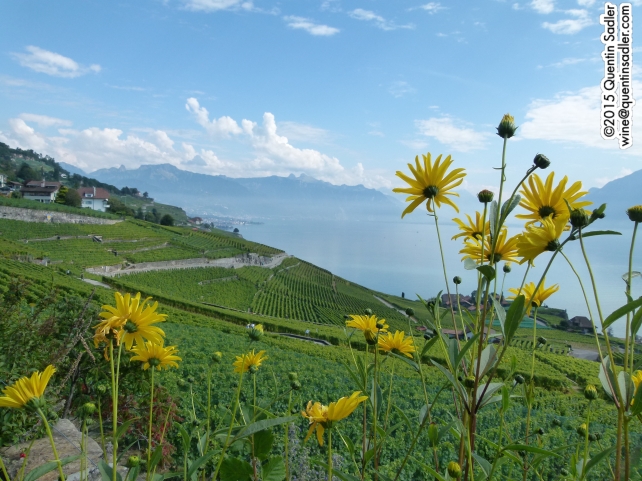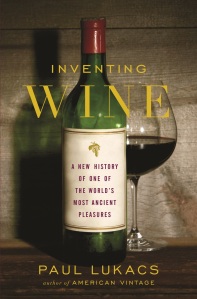I love wine and I love books and I really, really like books about wine, so when my friend Robert Smyth gave me a copy of his excellent new book I leapt into action and little more than a year later I wrote this review.
 Hungarian Wine: A Tasting Trip to the New Old World
Hungarian Wine: A Tasting Trip to the New Old World
Robert Smyth
ISBN-10: 1905131682
ISBN-13: 978-1905131686
September 2015, Blue Guides
Available in the UK from Amazon.co.uk for £10.71.
Available in the US from Amazon.com for $10.00.
Robert lives in Budapest, lucky man that he is, and he really knows his stuff about Hungarian wine, so it was natural for him to write an English language guide to the wines of Hungary. I say ‘an’ English language guide, but I suspect that this is the definitive guide of the moment.
If you don’t know, Hungary really does make superb wines. It isn’t just the sweet whites of Tokaji either. Hungary is perhaps most famous for white wines from regions such as Lake Balaton, Somló, Neszmély, Mór and Pécs, amongst many others, but there are first rate reds from regions like Villány – in the south near the Croatian border, Sopron in the north west by the Austrian border and Eger in the north east.
If Hungarian wine has passed you by and you want to explore it, either from the comfort of your own home, or by physically visiting the country and travelling around seeing the wine regions and their wines, then this could be the perfect book for you.
At just 351 pages, this handsome paperback is not a mighty tome of reference, but something that you can carry around and read and indeed use to guide your movements on that Hungarian wine road trip. I like the sub-title, A Tasting Trip to the New Old World, because that describes the book perfectly. It really does take you on that trip, whether you physically leave home or not, and Hungary is in some ways the New Old World of wine.
It’s nicely, but unfussily written and manages to convey the sense of excitement that I know Robert has about Hungarian wine. There is a useful general overview about the Hungarian wine scene and industry, there’s a chapter on the fascinating history of Hungarian wine – don’t skip that bit out, chapters on the wide and wonderful palette of grapes that Hungary grows – most of them are indigenous. Who could resist grape varieties with exciting names like Ezerjó, Hárslevelű, Irsai Oliver, Cserszegi Fűszeres, Királyleányka, Furmint, Juhfark and Kéknyelű? I know that I can’t. Even grape varieties we know often have wonderfully exotic names in Hungary, for instance Blaufränkisch is Kékfrankos and Pinot Gris / Pinot Grigio is Szurkebarat.
Once we have enjoyed all that and started to get a flavour of the country, we come to the real meat of the book. This takes us on a journey around the country, giving us a little background about each region before taking us through all the wineries that Robert recommends from that area. Robert manages to distill a lot of information into these portraits and you feel that you really get a glimpse of these people, their wineries and what they do, as well as what their wines are like. Then there is some information on where to eat and where to stay in each production zone. At the back there is also a section on the wine bars of Budapest – now I know how Robert fills his time.
I loved this book. I have not been to Hungary for a long time and it is obvious from reading this that Hungarian wine has come on even since then – although I thought it was very good at the time. So thank you Robert. You have plugged a good few gaps in my knowledge and whetted my appetite for a return trip to Hungary. I cannot wait and will remember to pack your book.
Robert Smyth’s Hungarian Wine: A Tasting Trip to the New Old World is a really pleasurable wine book and hedonist’s travel guide. It would make a great Christmas present for almost anyone who is interested in good wine and travel.































